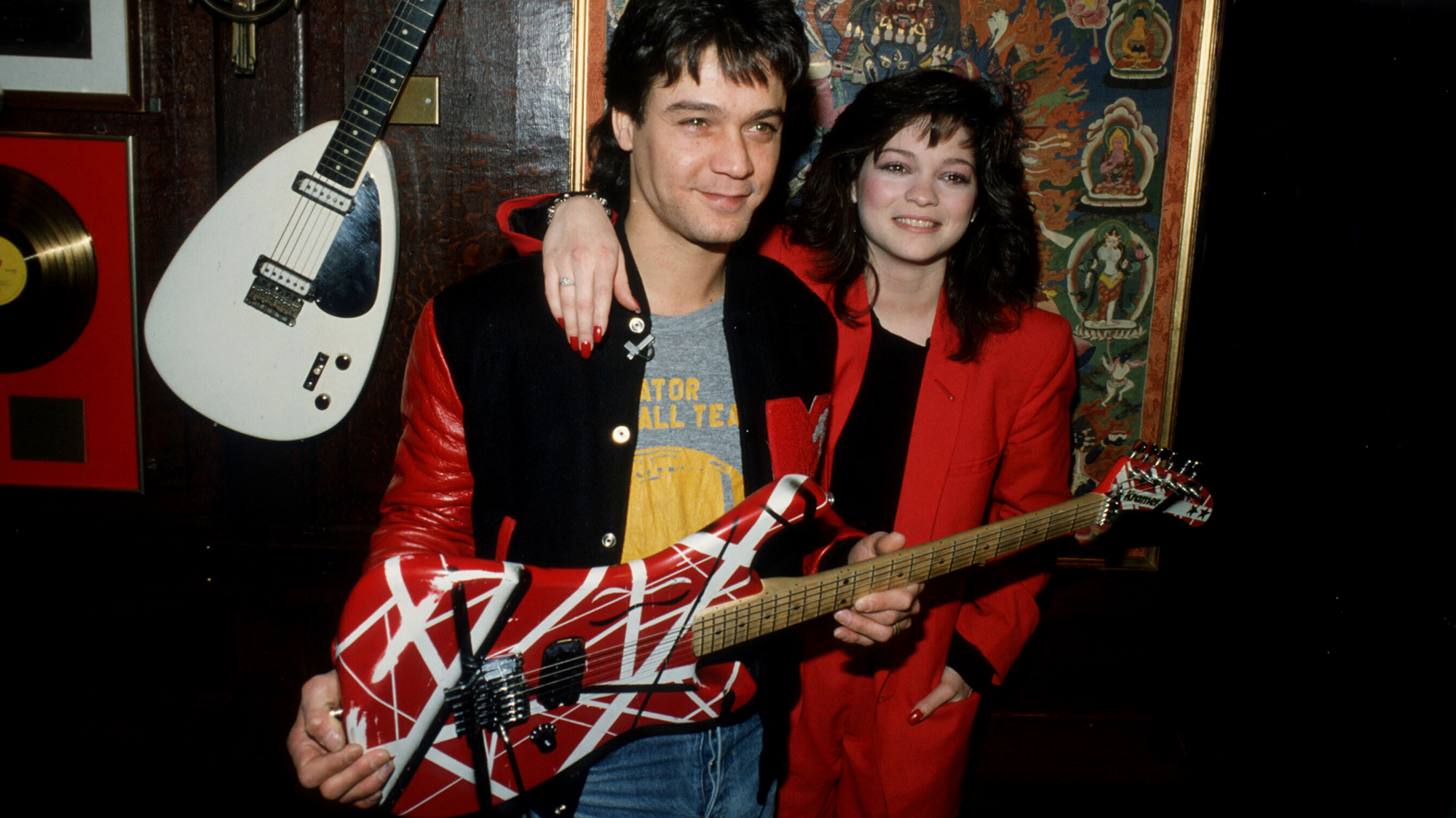A Simple Guide to Great Metal Guitar Tone
The late, great All That Remains guitarist Oli Herbert left behind a musical legacy, including these ten commandments of tone

Back in March 2016, before his tragic death in October 2018, All That Remains founding guitarist Oli Herbert spoke to GP about getting the ultimate metal guitar sound.
From technique and consistency to EQ and effects, here are Oli Herbert's ten commandments of tone...
1. Attack & Consistency
"One of the most important skills of any metal guitarist is how hard they can consistently hit the strings without obscuring the notes.
"A good exercise is to downtick and palm mute the low E string with consecutive eighth notes at a medium tempo for a minute straight.
"Record yourself doing this and listen for consistency. Once you find your upper limit and can control it for extended periods, all other aspects of playing become clearer."
2. Find the Gain Sweet Spot
"More gain provides saturation and sustain, while less gain gives a tighter low-end attack, clarity and note separation.
"I watched Stevie Ray Vaughan on PBS as a kid, and his playing and tone were immaculate. I had my guitar in hand at the time and I proceeded to bring my gain down as low as possible while still maintaining an aggressive sound."
3. Don't Scoop Your Mids
"Guitar is a midrange instrument, and the mids provide cut and definition."
4. Ease off the Bass
"Bass is powerful and affects all the other aspects of your tone.
"You want as little as you can feel comfortable with, because too much can muddy up the mix."
5. Use Treble Sparingly
"Treble is the 'spice' of frequencies in that it brings out the aural flavor."

6. Don’t Forget the Presence
"Presence acts as a high-end enhancer from the power section of an amplifier, and some amps have a resonance control to do the same for low end.
"I prefer a lot of resonance with just a touch of presence."
7. Fix It With Pedals
"Your pedals interact with your amp and can help 'fix' any deficiencies in your sound.
"For example, an overdrive pedal will tighten the low end while further saturating the tone. The pedal's level control acts to provide a hotter signal to the amp, and the gain should be as low as possible.
"Also, a noise gate is an essential piece of gear to prevent buzz and feedback and keep the overall tone tight."
8. Get the Right Cabinet
"You need the right speaker cabinet to respond to your rig. Each cabinet is designed to accentuate certain frequencies.
"Larger cabs have a deeper low-end response, wider midrange, and a more detailed high end.
"Smaller cabs have a more percussive low end, a focused midrange, and a darker high end."
9. Consider a New Bridge
"The material of your bridge is a relatively new frontier in tone. I use FU-Tone upgrades and bridges on my guitars.
"They consist of a brass Big Block, titanium saddle-insert blocks, stainless-steel hardware, a brass claw, and heavy-duty noise less springs for added sustain, punch, and clarity.
"Metal tone is improved with more resonant metal."
10. Remember: Tone Is in the Fingers
"A great guitarist will make a poor guitar rig sound good, but the opposite does not necessarily hold true.
"Your hands – and the way you play – are the greatest considerations to your tone."
Get The Pick Newsletter
All the latest guitar news, interviews, lessons, reviews, deals and more, direct to your inbox!
“Write for five minutes a day. I mean, who can’t manage that?” Mike Stern's top five guitar tips include one simple fix to help you develop your personal guitar style
"It’s like you’re making a statement. And you never know where it’ll lead." Pete Thorn shares the tip that convinced Joe Satriani he was the right guitarist for the SatchVai Band










